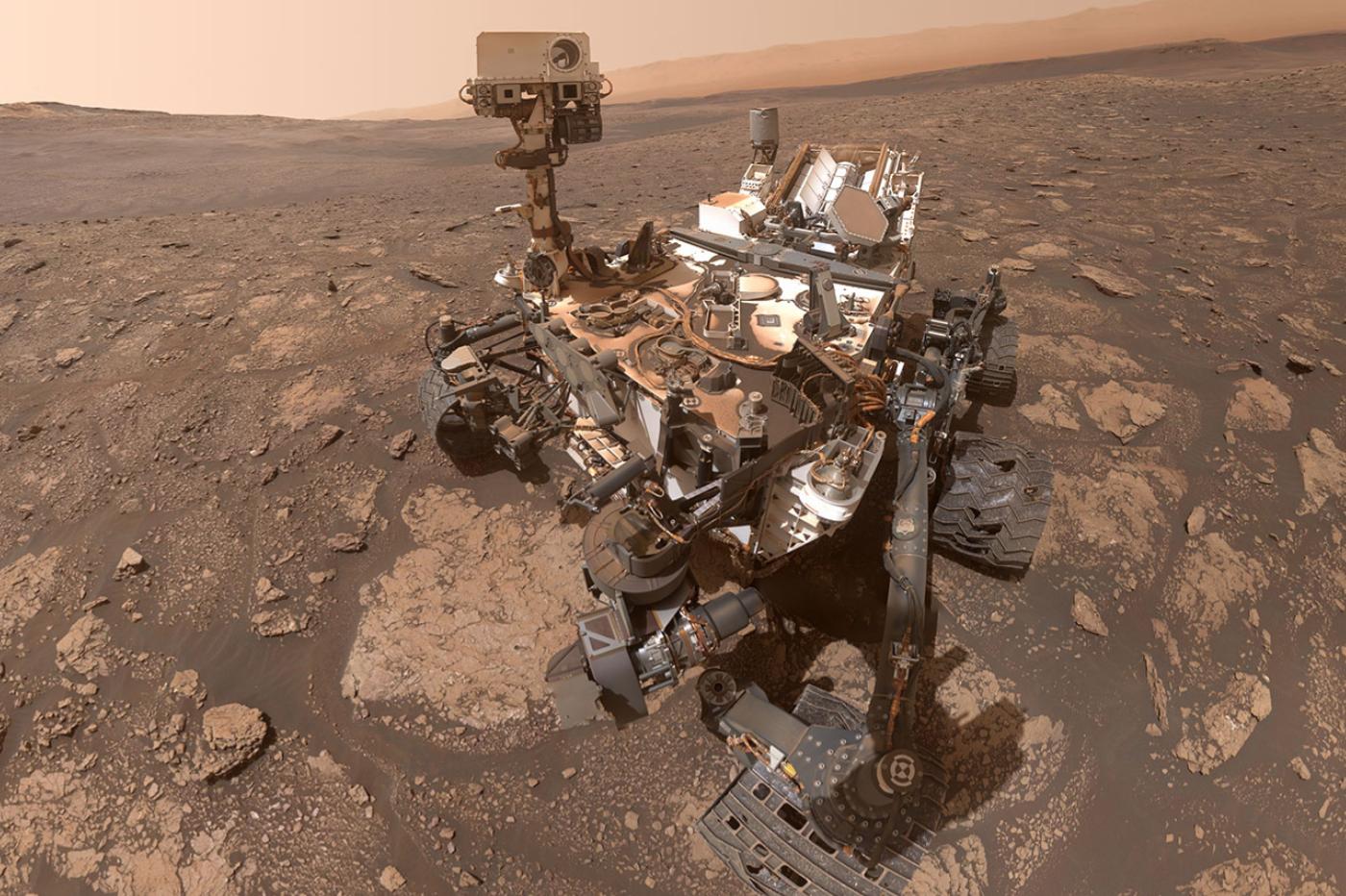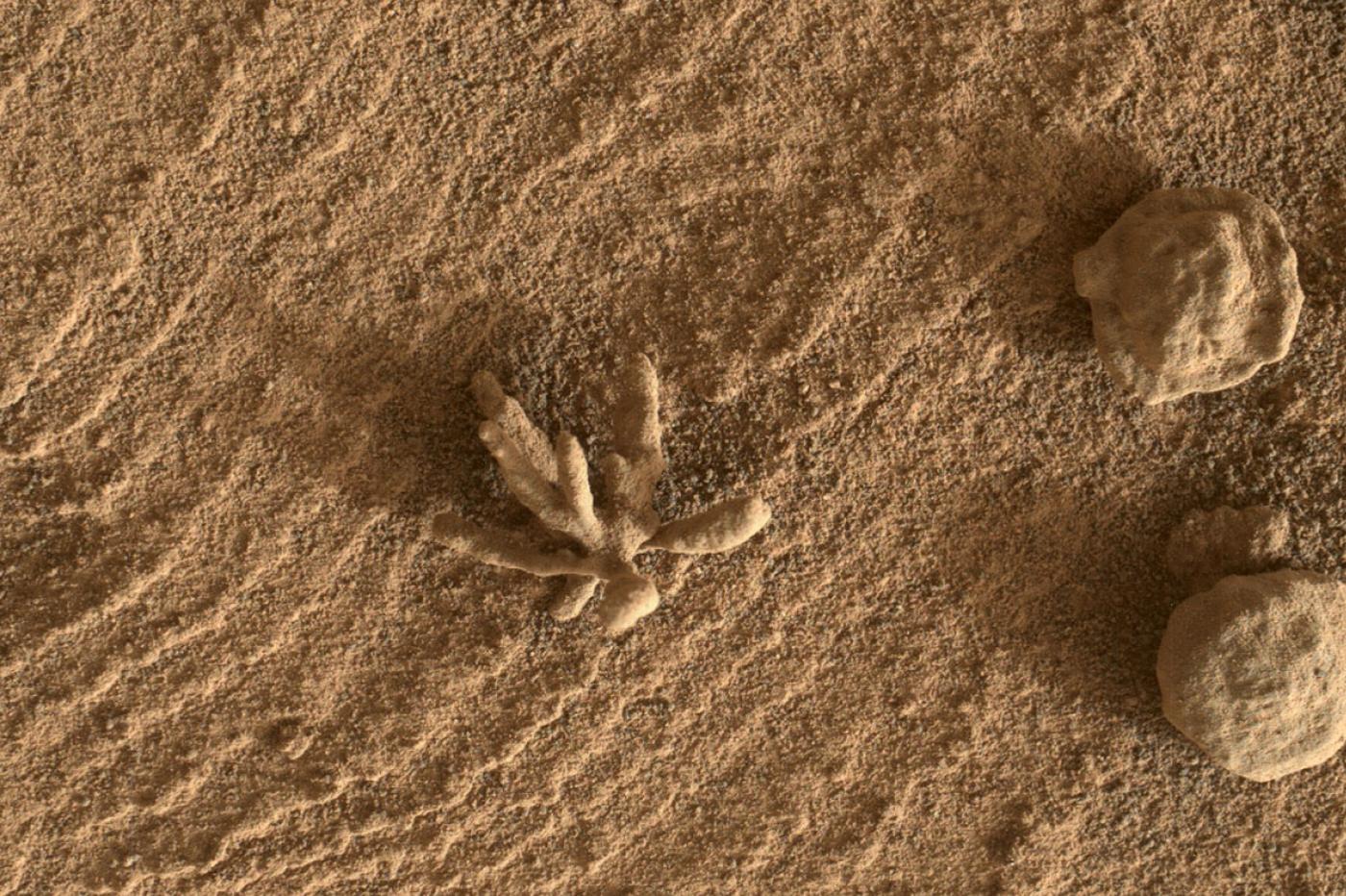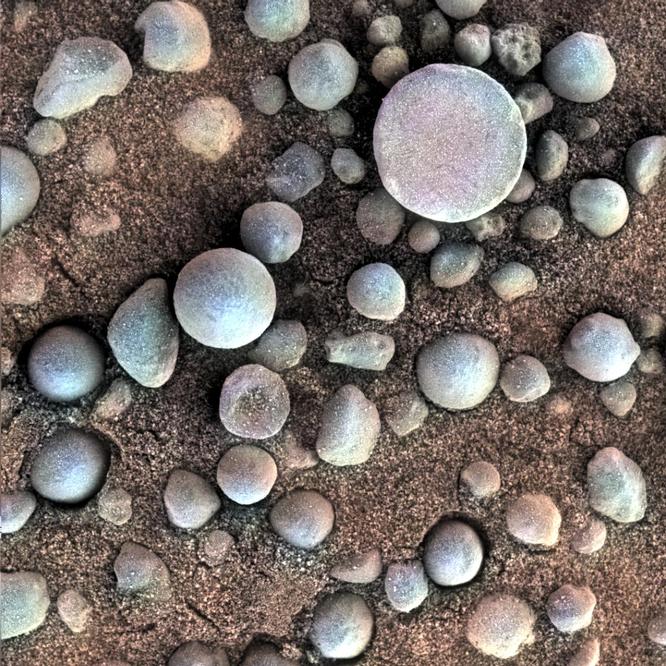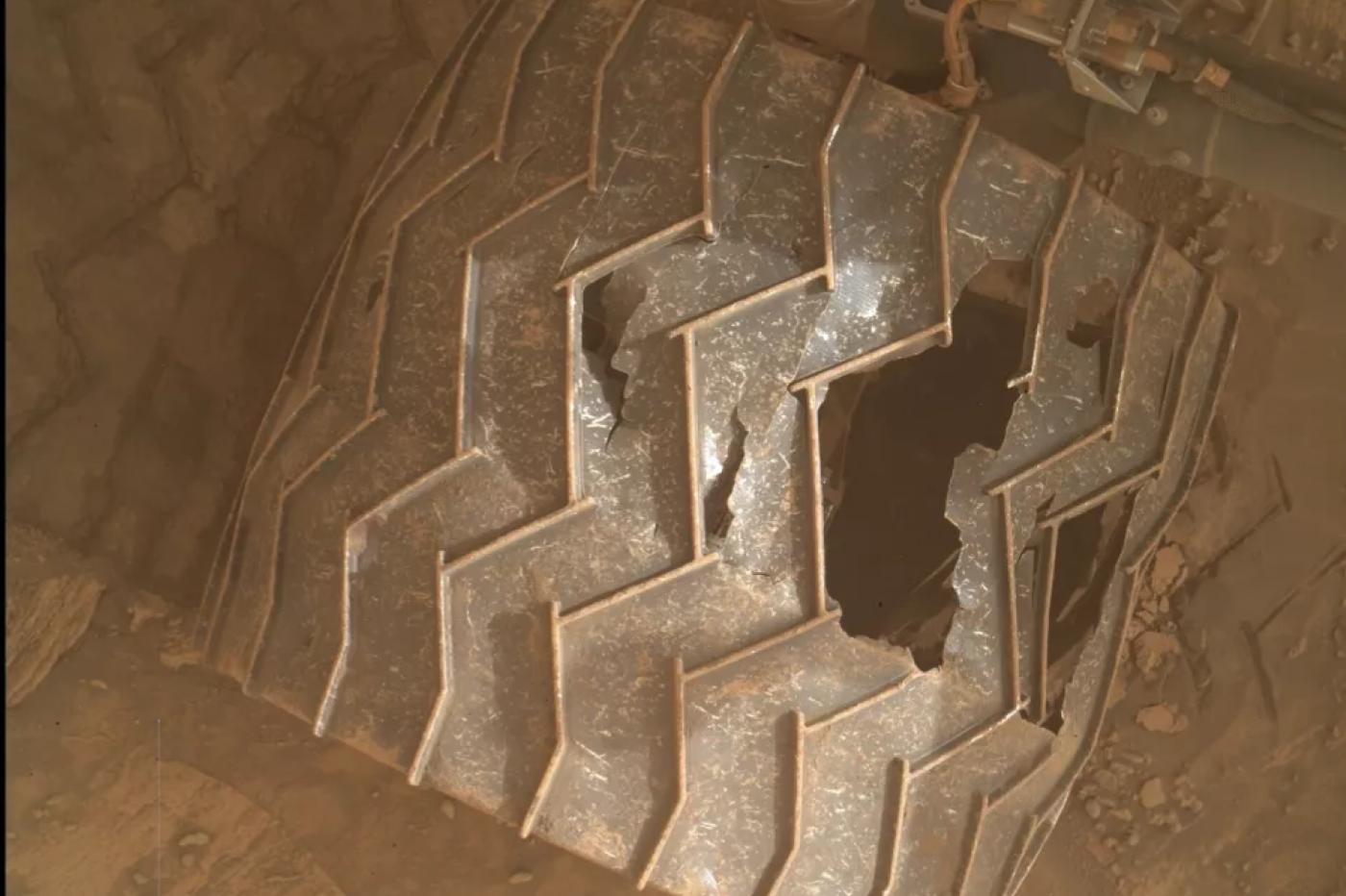
Curiosity may have left the star to Perseverance, but it still continues to provide us with superb images despite its advanced age.
Ever since Perseverance landed on Mars, one could almost forget that the Red Planet is home to another top craft, namely Curiosity. This legendary rover may have lost its status as the darling of NASA and the general public, but that doesn’t stop it from making itself useful; he recently came up with a stunning photograph of a tiny “flower“Martian.
This image was captured on February 24 using the Mars Hand Lens Imager, a camera located at the end of an articulated arm that has already given us many magnificent close-ups. This is not the first time that NASA has come across an object of this type. Curiosity has documented “a diverse assortment of comparable small structures” in the past. But the rover continues to be interested in it, however.

A remnant of Mars’ liquid past
If this object of barely a few millimeters is so fascinating, it is because of its very particular shape which says a lot about the past of Mars. It is reminiscent of a terrestrial coral, or to a lesser extent a sand rose. In all likelihood, therefore, these are so-called evaporitic rocks.
As their name suggests, the process of evaporation plays a central role in the formation of these structures. Originally, the mineral salts that compose them were dissolved in a liquid substrate. Very briefly, when the concentration of these salts becomes too high, the substrate reaches saturation. It can then no longer accept more mineral salts; when saturated liquid passes close to a surface, this excess material concentrates into a distinct solid mass during a process called precipitation.

Since this process always starts in a liquid medium, these flowers constitute another indisputable proof of an “ancient era” where minerals carried by water consolidated this stone. In the past, NASA had already discovered small rock balls which it then baptized “martian blueberries” that pointed in the same direction.
Almost ten years of exploration
These elements are of particular interest to NASA. Indeed, such images are full of details about the conditions that prevailed on Mars millions of years ago. The more precisely this context is known, the more likely researchers will be to arrive at new discoveries about the geology of the planet, and by extension, about the life that potentially once existed there.

Either way, it’s a great image that will feature prominently in Curiosity’s photo album. Moreover, this veteran of the red planet should soon be honored since he will celebrate his ten years of exploration on August 5th. A decade devoted to intensive science that will have produced breathtaking images and world-class scientific results.
This symbolic deadline could, however, come to an end; the fault of the wheels of the machine which literally begin to fall apart under the battering of the merciless Martian soil. It is therefore hoped that the rover will hold the shock until this date in order to pay tribute as it should to this legendary machine.



